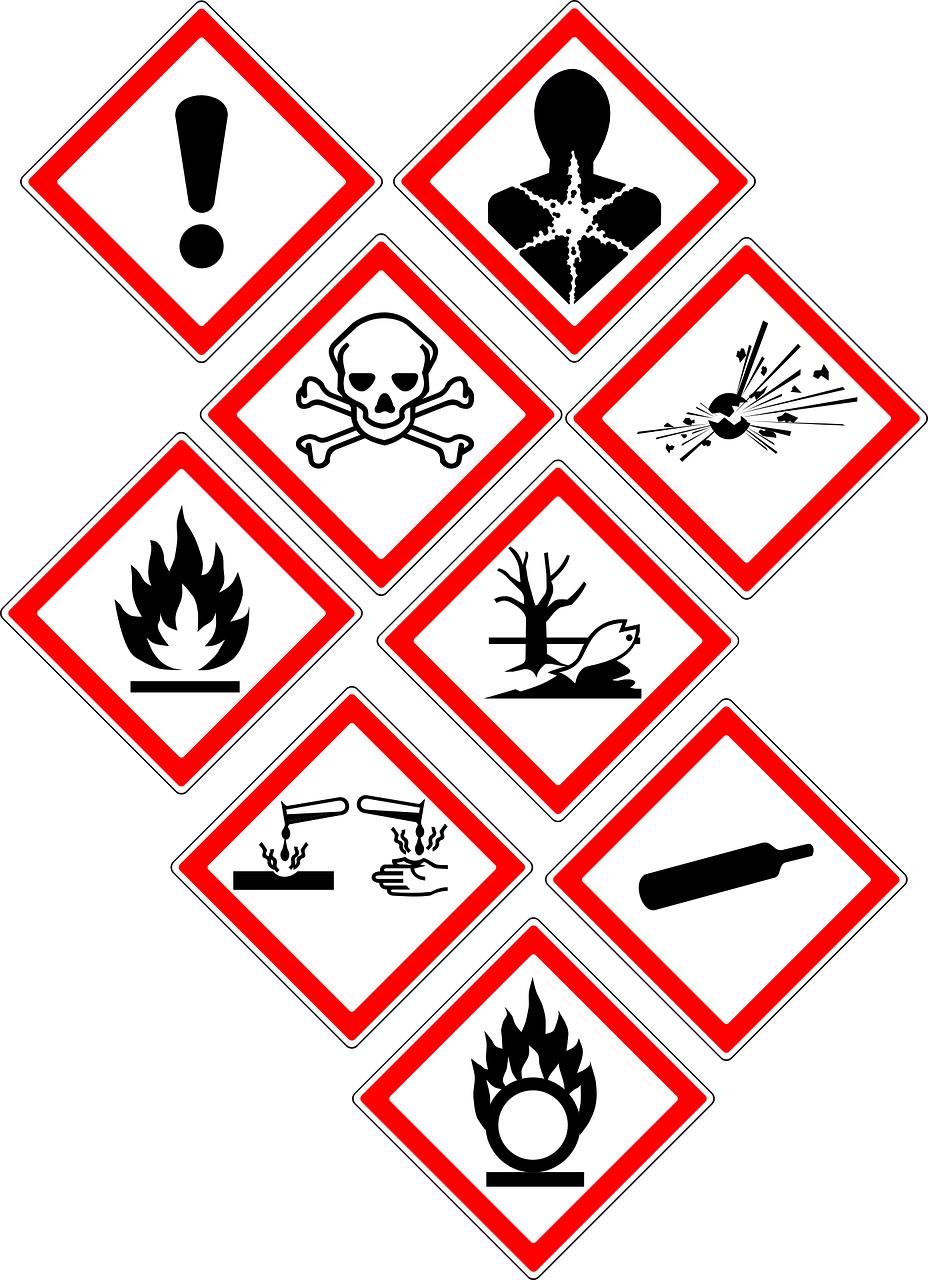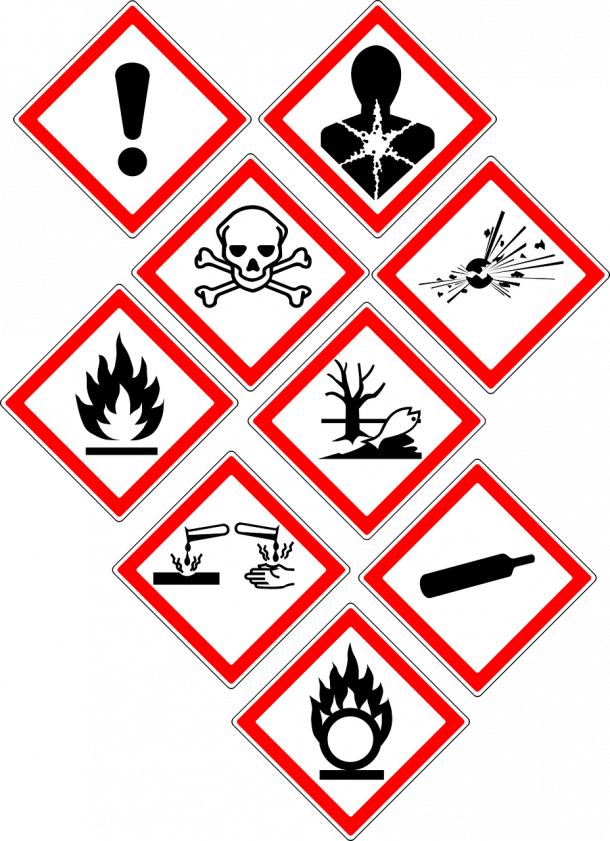
Toxins in Your Workplace
Each and every day, we come into contact with many toxins, harsh ingredients, synthetics, or chemicals that have impact to our health and overall wellness. These substances can be on the surfaces we touch and end up in the air we breath.
The compound impact of these chemicals and synthetics can be damaging and problematic to you, your employees, and even the customers and people who interact with your business.
Stop and consider how much time you spend at work each day. How many hours of your day do you surround yourself with these toxins?
What is the impact to your health with long-term contact – whether directly or indirectly?
Toxic Overload
“It is generally understood that the number of chemical compounds currently recognized in the United States exceeds 3 million and approximately 3,000 new ones are being added each year.”
Technologies and Management Strategies for Hazardous Waste Control, Published March 1983 by the United States Congress, Office of Technology Assessment.
Endocrine Disruptors
Endocrine disrupting chemicals, or endocrine disrupting compounds are chemicals that can interfere with endocrine systems. These disruptions can cause cancerous tumors, birth defects, and other developmental disorders. Found in many household and industrial products, endocrine disruptors “interfere with the synthesis, secretion, transport, binding, action, or elimination of natural hormones in the body that are responsible for development, behavior, fertility, and maintenance of homeostasis.”
Environmental endocrine disruption: an effects assessment and analysis. Environmental Health Perspectives 1998
How toxic are our workplace cleaners?
According to the American Lung Association, the ingredients in most commercial solutions, sprays, and scrubs can be air pollutants, harmful chemicals, flammable or corrosive agents, can Irritate eyes or throat, cause headaches, and contribute to health problems like chronic respiratory problems and allergic reactions
Don’t Be Fooled
Some well-known products are labeled as “clean”, but contain many of the synthetics discussed. Always read the label!
Toxins & Synthetics Have Impact on Your Health
The toxic chemicals in household cleaners are three times more likely to cause cancer than air pollution.
Source: EPA report from 1985
Worker’s Comp Claim Potential
“All that is required for a workers’ compensation claim is that you are exposed to the dangerous substance in the course of your employment, and that the exposure caused an illness or other bodily harm.”
Exposure to Toxins at Work: Workers Compensation Options
AllLaw.com
Be Wary of Products with These on the Label
In addition to harsh chemicals, you should look out for warnings and claims that might indicate a product is harmful to your health.
-
- Directions that require a mask or ventilation while using the product
- Instructions for hazardous waste disposal. If you can’t throw them in your garbage, do you want them all over your house? The fact that the EPA classifies oven cleaners, drain cleaners, wood and metal cleaners, polishes, toilet cleaners, tile tub and shower cleaners, and laundry bleach as hazardous waste is one reason you should eliminate them from your home.
- A “combustible” or “flammable” warning
- An “unscented” or “free and clear” claim on the label. Unscented products can contain masking agents that are added to simply cover up fragrance with another toxic chemical. Always look for an ingredient list and not just the unscented claim.
Cumulative Impact to Your Health
You bring these toxins and synthetics into your workplace by using a variety of cleaning products. Their impact to your health, and your employee’s health is cumulative. Begin to make a difference today – reduce their impact by using products that are safe, clean & effective.
Substances to Avoid in Your Cleaners
- Fragrance
- Phthalates
- Sodium Hypochlorite
- Formaldehyde
- Ammonium Chlorides & Ammonium Hydroxide
- Butoxydiglycool & 2-Butoxyethanol
- Ammonia
- Hydrochloric Acid
Risks from These Ingredients
- Allergies
- Hormone & endrocrine system disruption
- Organ system toxicity
- Carcinogens
- Respiratory Effects
- Endocrine system disruption
- Skin irritation
Bleach
Bleach is one of the most corrosive and deadly chemicals, and yet is found in many workplaces for disinfectant purposes.
Substances to Avoid
- Chlorine
- Caustic Soda (Lye)
Risks from These Ingredients
- Skin irritation & burns
- Respiratory effects
- Allergies
- Hormone disruption
Substances to Avoid in Your Air Fresheners
- Artificial Fragrance
- Phthalates
- Formaldehyde
- 1,4 Dichlorobenzene
Risks from These Ingredients
- Endocrine disruption
- Suspected & known carcinogens
- Known to cause horrmonal abnormalities, thyroid disorders, birth defects, and reproductive problems
- Allergies & Asthma
- Harmful to lungs
You can do something!
The overall damage of these toxins did not happen suddenly, and reducing their impact will require action. Consider your wellness and that of your employees or customers.
Begin today!
For more information on safe and effective alternatives, see Safe Alternatives.
For additional information on Thieves, see Young Living.com

